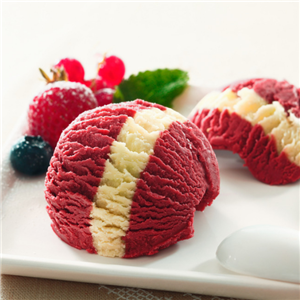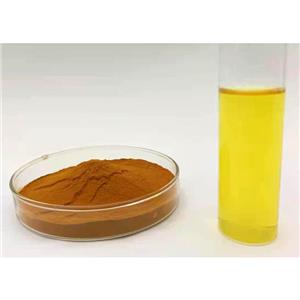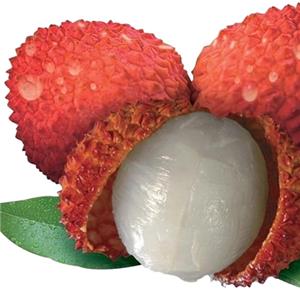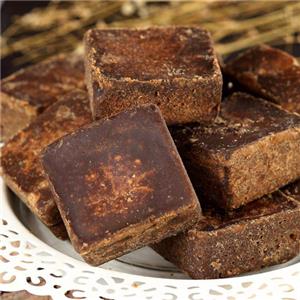What is natural colors?
What is natural colors?
The definition of natural colorants
Different countries have different definitions of natural colors. Next, I will share the definitions of natural colors in several countries.
China: Natural colors refer to organic coloring substances obtained from natural resources through physical or biological methods, mainly derived from plants, animal tissues, and microbial metabolites. Compared with synthetic colors, natural colors not only provide rich colors for products, but many types also have unique physiological activities and nutritional value. Therefore, they are widely used in food, medicine, cosmetics, and other fields. According to international food additive standards, natural colors are defined as 'edible colorants obtained from natural resources (plants, animals, microorganisms), and their usage usually accounts for only a few thousandths or even millionths of the final product.

Among them, natural equivalent pigments are also classified as natural colors in China. That is, substances existing in nature are synthesized through chemical methods to obtain, and they also fall under the category of natural colors. For example, β-carotene E160a (i), titanium dioxide E171.

Europe: Natural colorants must come from natural substances and can only be processed by physical or biological methods without altering their basic chemical structure, such as paprika red extracted by simple pressing; chemically modified products are generally not accepted.
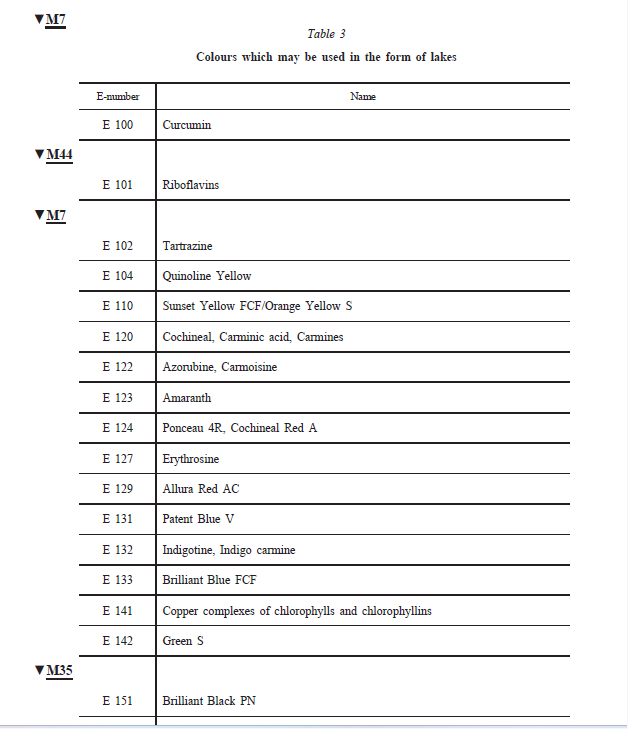
United States: There is no unified legal definition for natural colors, but the FDA assumes they are derived from natural substances and do not involve the introduction of synthetic substances during processing. Chemically modified natural derivatives, such as copper chlorophyll, are not considered natural colors.
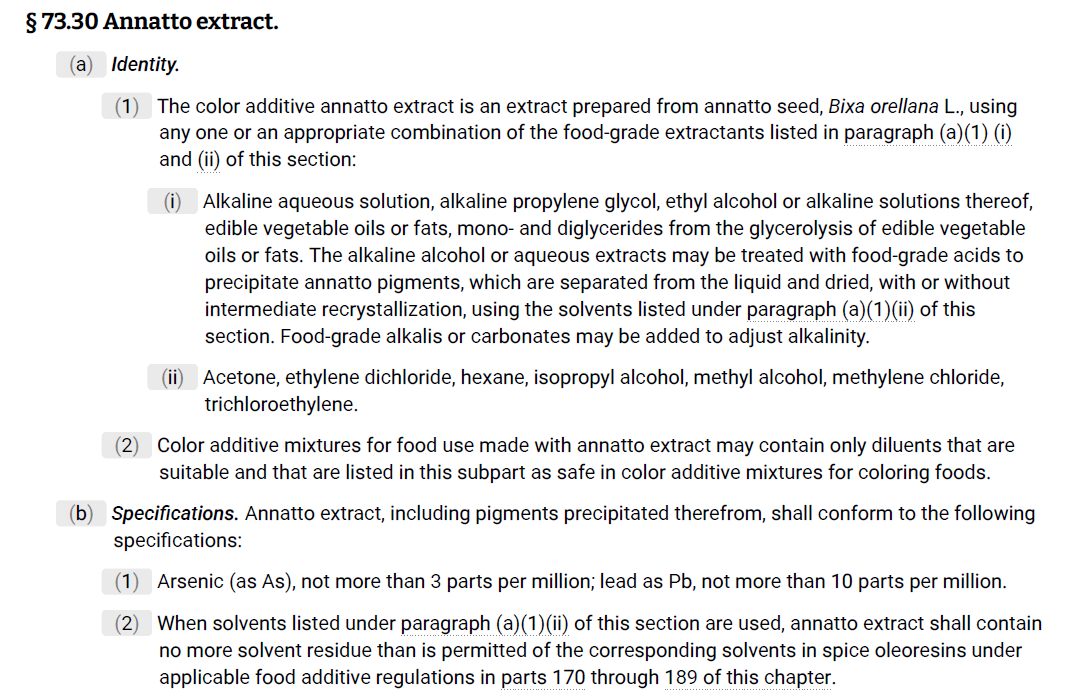
Why do some customers think that products with EU E-numbers are not natural?
The core issue is the misunderstanding of the attributes of E-numbers, influenced by the concept of clean labeling, and compounded by certain information gaps. The specific reasons are as follows:
1. E numbers cover both synthetic and natural colorants and are easily generalized: E numbers are the EU’s standardized codes for approved food additives, encompassing both synthetic colorants and naturally derived ones. For example, cochineal red/Carmine E120, derived from cochineal insects, and beet red E162, derived from beetroot, both have corresponding E numbers. However, most consumers do not deliberately distinguish the specific ingredients corresponding to the codes and may easily assume that all products with E numbers are synthetic.

2. The clean label trend reinforces the stereotype that 'E numbers = not natural': The concept of 'clean labels,' originating from the European Union, focuses on minimizing the appearance of E numbers on ingredient lists to highlight the natural and simple nature of the ingredients. This market-driven approach has gradually shaped consumer perception that 'the fewer E numbers, the more natural' a product is, leading them to assume that products containing E numbers are not natural. Many manufacturers also cater to this demand, further deepening this stereotype.
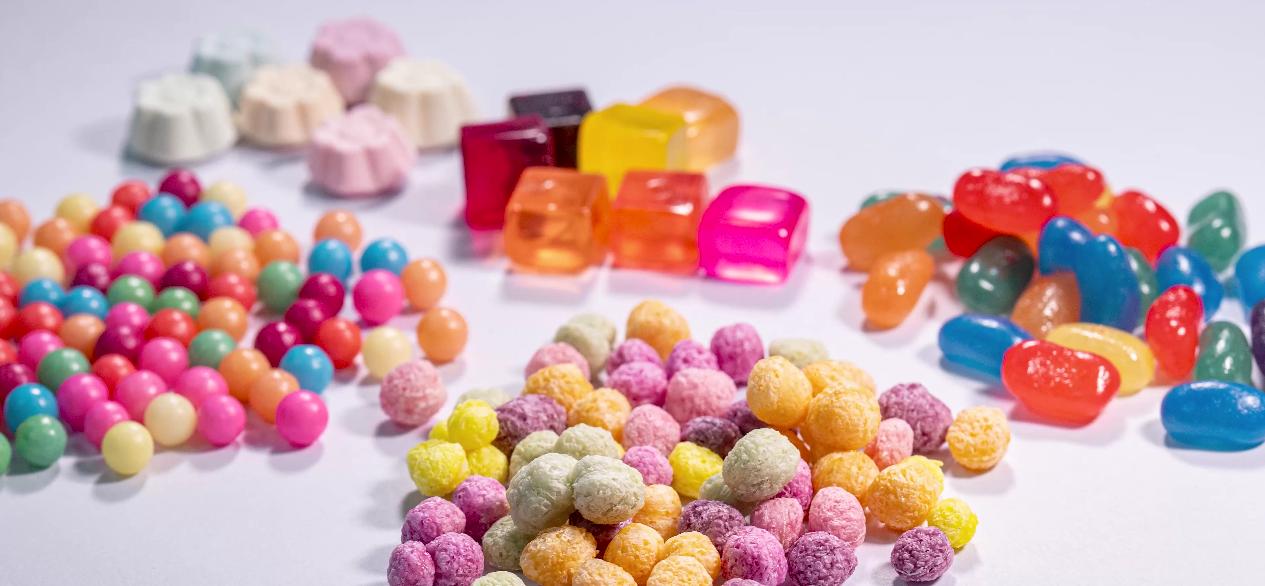
3. Consumers are not aware of the origins and processing information of ingredients: The European Union’s definitions of natural colorings, natural flavors, and other substances are inherently very complex. Some natural additives, although derived from natural sources, may be extracted through complex processes or produced using techniques such as microbial fermentation. Some consumers may feel that these processed ingredients are not truly 'natural'. Moreover, the EU has long lacked a 'natural' legal definition, manufacturers have varied promotional statements, and consumers find it difficult to determine through the E-numbers whether the ingredients meet their personal 'natural' standards, ultimately leading to misunderstandings.
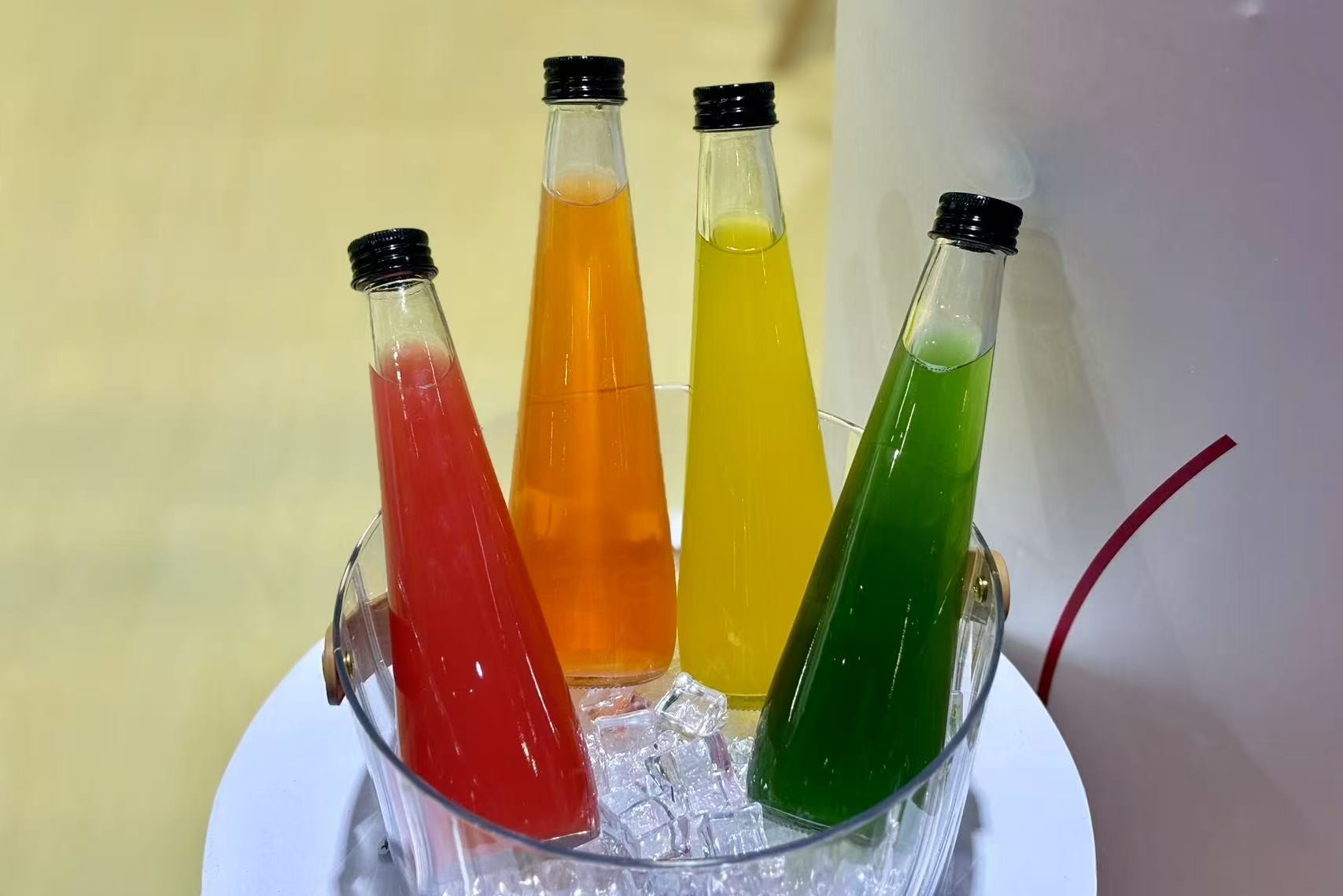
Which natural colors with the E code are there?
1. E100: Curcumin, extracted from the rhizome of turmeric, is a common natural yellow color.

2. E120: Cochineal/carmine, derived from cochineal insects, is often used to color foods red.

3. E153: Vegetable carbon black, made by high-temperature carbonization of plant materials, is used to color foods black.
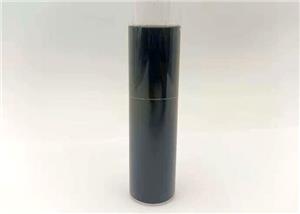
4. E160a: Beta-carotene, found in carrots and other fruits and vegetables, can be used as a yellow pigment and can also be converted into vitamin A.
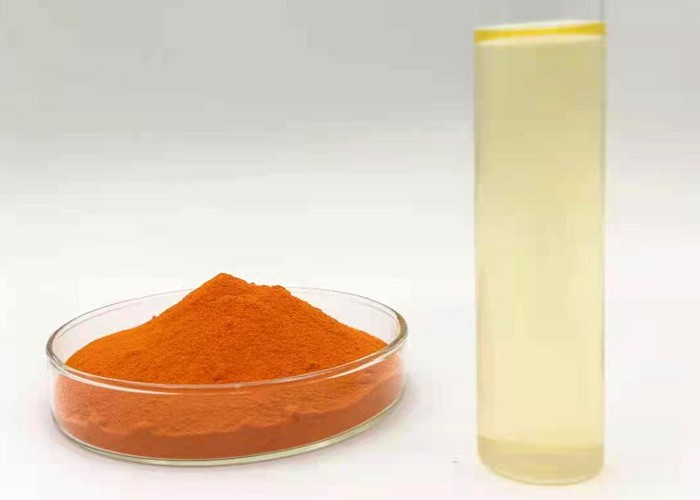
5. E170: Calcium carbonate, derived from natural minerals, commonly used as a white coloring agent and filler.
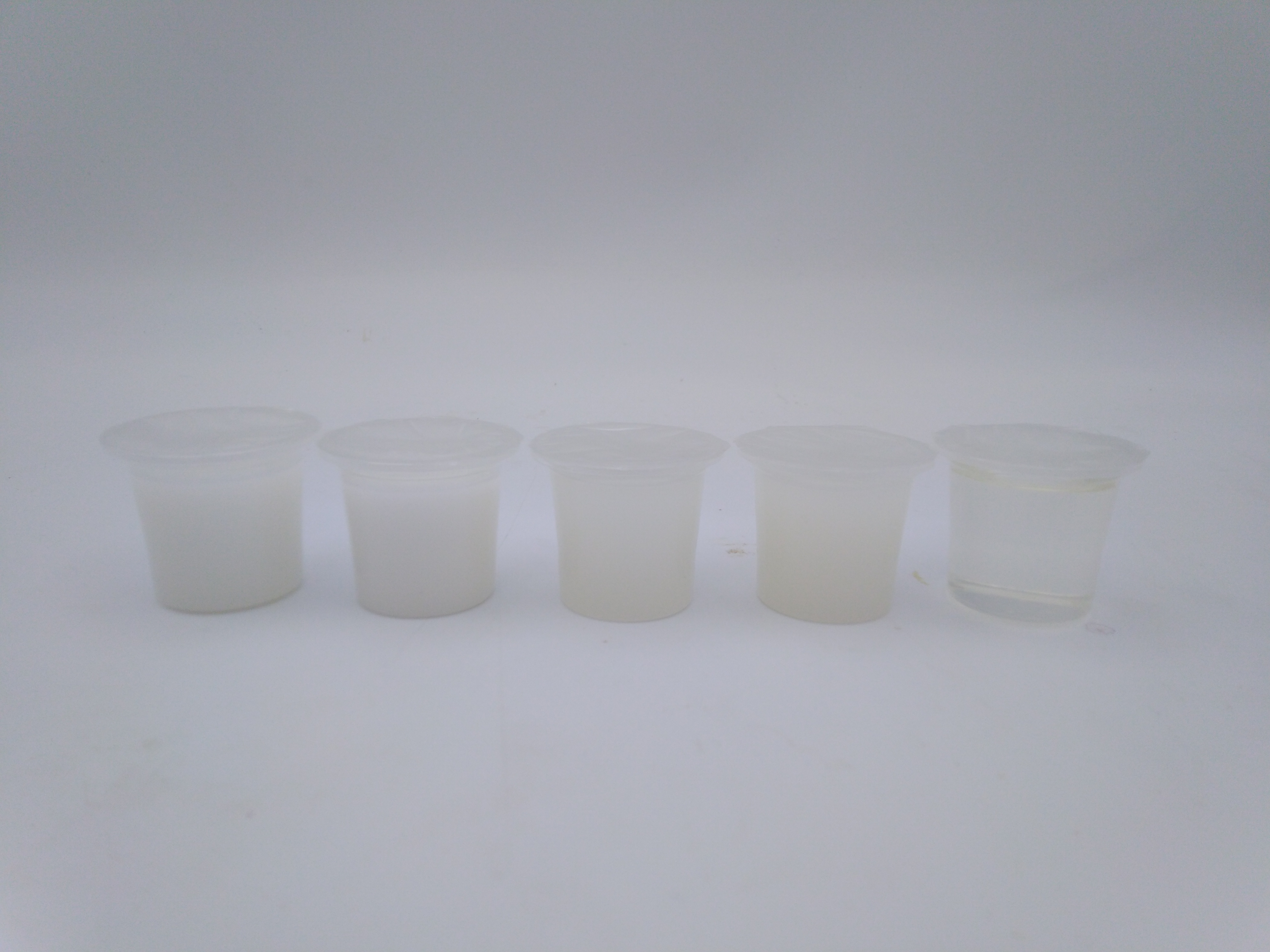
6. E172: Iron oxides and hydroxides, derived from natural minerals, available in various shades such as red and yellow, used for coloring.
7. E160b, Annatto: Extracted from the seed coat of the annatto tree, available in both oil-soluble and water-soluble forms. The main component of the oil-soluble form is bixin, while the main component of the water-soluble form is the sodium or potassium salt of norbixin. Commonly used for coloring Western-style desserts, ice cream, and cream. It has good coloring properties but poor lightfastness.
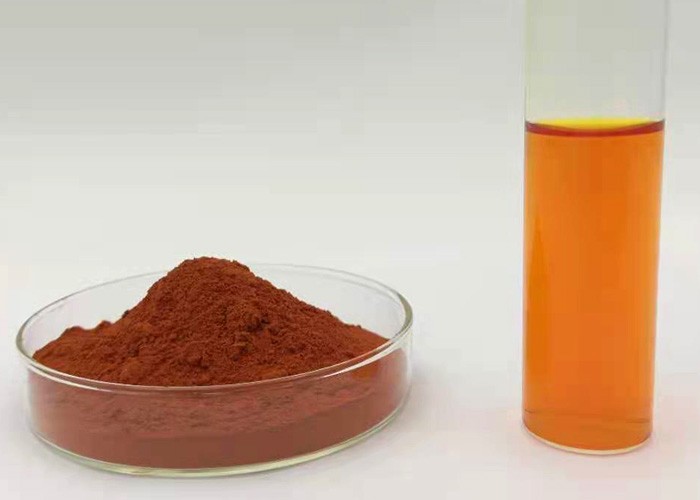
8. E162, Beet Red: Extracted from red beet as raw material, its main components are betacyanin and betaxanthin. It appears as a red-purple to deep purple liquid, powder, and is easily soluble in water. It is relatively stable at pH 3.0-7.0 but has poor heat resistance. Commonly used for coloring canned foods, fruit-flavored drinks, candies, etc.

9. E160c, Paprika red: Extracted from the fruits of the Paprika plant, its main components are capsanthin and capsorubin. It appears as a viscous orange-red to red liquid, has the aroma of chili but is not spicy, is heat and acid-alkali resistant. It is widely used in the fields of food, cosmetics, medicine, and animal feed.
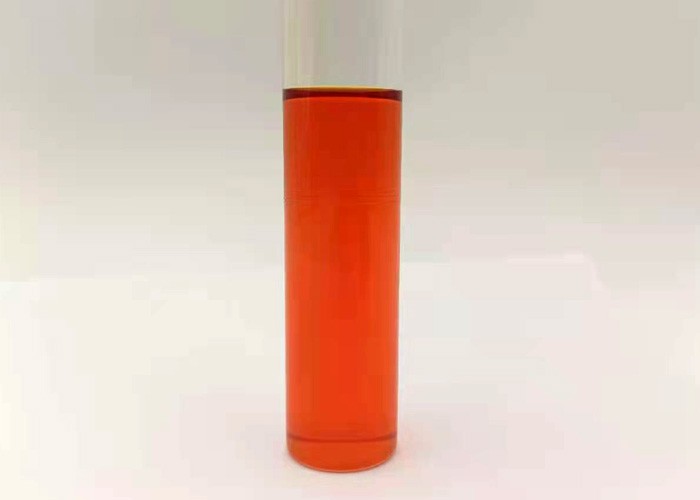
10. E160d, Lycopene: It is a type of carotenoid, mainly found in tomatoes, watermelons, and other fruits, with the molecular formula C40H56. It has strong antioxidant properties and gives fruits their red color. It can be used as a natural color in food and other fields.
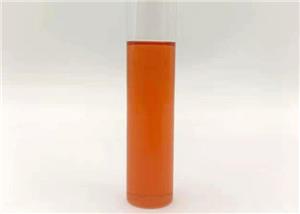
11. E163, Anthocyanin E163: It is a type of water-soluble natural color, belonging to the flavonoid compounds, with a basic structure of 2-phenylbenzopyrylium cation. It is found in plants such as roselle and cabbage, possesses various biological activities including antioxidant and anti-inflammatory effects, and can be used as a food coloring to give foods a purple-red color.

12. E161, Lutein: Belongs to the carotenoid family and is an oxygen-containing carotenoid. It is usually yellow and is widely found in green vegetables, corn, and egg yolks. It is highly concentrated in the macular region of the human retina, can filter blue light to protect the retina, and also has antioxidant effects. Additionally, it can be used as a natural color in the food and other industries.
If you are interested in our natural colors
If you need to send samples, please click the contact information at the end of the text.
Shortcut: Fill out the sample requirement form below
Or you can directly contact the business manager.
-----THE END-----

